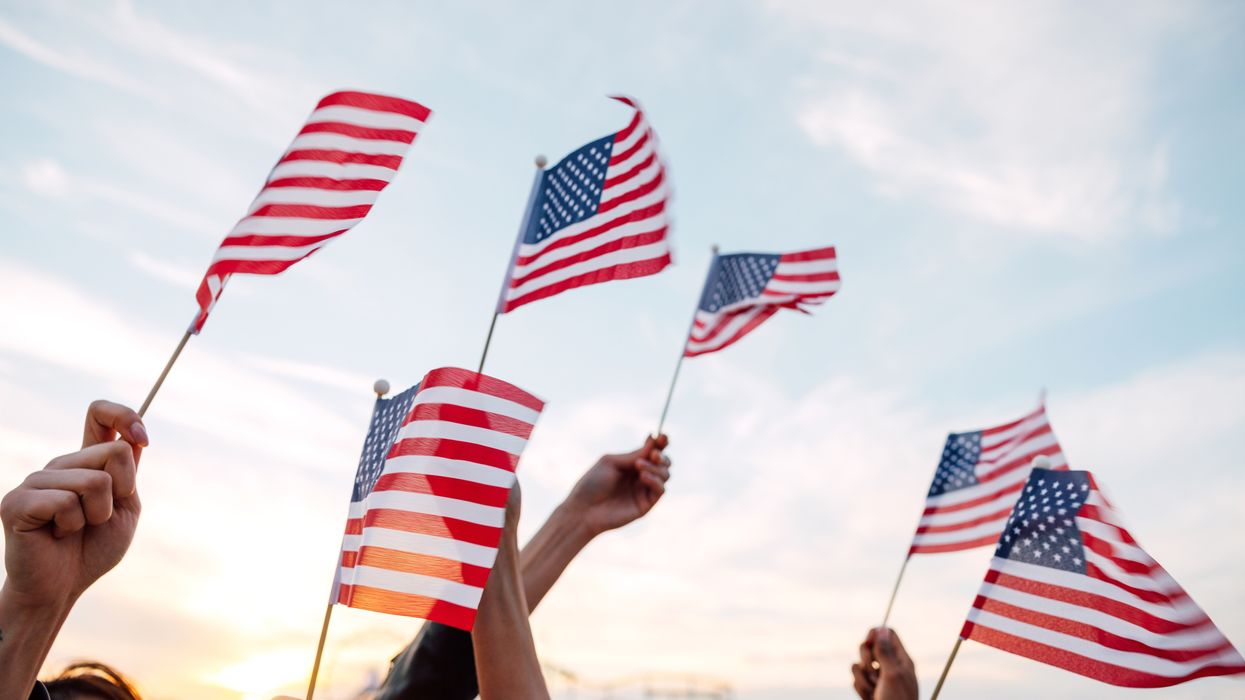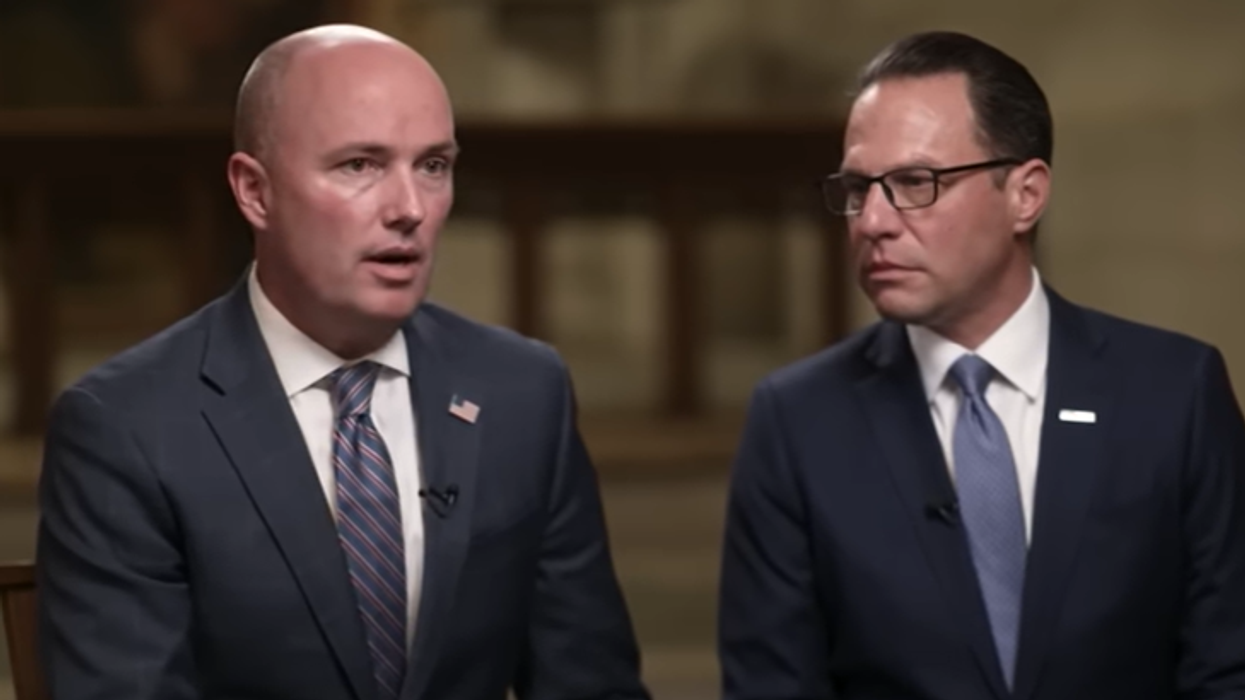When terrorists hijacked and crashed planes into the Twin Towers of the World Trade Center on September 11, 2001, criminologist Gary LaFree was teaching at the University of Maryland, where he had built a career researching global and domestic crime. In fact, in the ’90s, LaFree was awarded two grants by The Harry Frank Guggenheim Foundation to support his research on global homicide rates, as well as race and crime. But the events of 9/11 forever changed the trajectory of his career.
Before the attacks, the field of criminology did not take much interest in terrorism, according to LaFree. “In fact, at the turn of the twenty-first century, it was not at all clear that most criminologists considered terrorism and politically motivated violence to be a legitimate part of criminology,” he says.
LaFree was determined to change that. In the years that followed, he focused his energies on studying terrorism and violent political extremism. In 2005, he helped found the National Consortium for the Study of Terrorism and Responses to Terrorism (START) at the University of Maryland, where he still sits as a professor emeritus. START, among other things, maintains a global terrorism database that provides researchers with data about global and domestic incidents of terrorism from 1970 to the present.
LaFree has largely succeeded in his quest. Today, the study of political extremism has been widely accepted into mainstream criminology. In 2024, LaFree received the Stockholm Prize in Criminology, the most prestigious award in the field.
LaFree recently sat down with Greg Berman, the distinguished fellow of practice at The Harry Frank Guggenheim Foundation, to talk about the current state of political extremism, terrorism, and polarization in the United States. The following transcript of their conversation has been edited for length and clarity.
Greg Berman: How did you come to be an expert in terrorism?
Gary LaFree: It was kind of serendipitous. I have an undergraduate degree in history, and I’ve always been interested in archives and in longitudinal data. I was at the University of Maryland, and I had been doing a lot of work on international homicide rates. One of my graduate students told me about this data set being collected by the Pinkerton Global Intelligence Service. This is the old detective agency. It turns out they’re still around and located in northern Virginia. So I take the subway out to visit them. And these guys have been collecting data on terrorism for fifty years. They'd hire former intelligence officers when they retired to help them collect the data. When businesses would send people to a place like Zimbabwe and they would want to know what the terrorism risk was, Pinkerton would give them the information and then sell them a bunch of other products.
Anyway, it turned out Pinkerton was phasing out that end of their business. And when I looked at the data, it looked exactly like international homicide data. Essentially, you have cases on one axis and variables on the other. So I sort of naively thought, “Well, I've been doing all this work on one kind of violence. Why not just move over to a different type of violence?” This was around 2000.
And then 9/11 happens. Pinkerton had allowed me to carry all of their archival data on terrorism to my office in Maryland. Suddenly, I'm sitting on this huge cache of terrorism data, and there was a great amount of interest. The US government was not really interested in terrorism until 9/11. It was really a secondary concern up until then—even organizations like the FBI didn't devote that many resources to it. Pinkerton actually had more data on terrorism, collected from open sources, than the government did.
When you take a step back and look at the data about terrorism over the decades, what trends do you see?
First off, the data only goes back so far. This whole enterprise was made possible by the invention of satellite technology and handheld cameras. That made it possible to sit in Washington and gather data on other parts of the world through the media. So basically, most of the data on terrorism starts around 1970. So you're only looking at about fifty years. It's not because terrorism started then, of course, but because that's when we've been able to measure it using these open databases.
In terms of big-picture trends, looking globally, what happens is that you have relatively low rates of terrorism starting in 1970. That steadily increases until reaching a peak in about 1991, and then it begins to trail off. It's hard to prove this, but my suspicion is that the turning point was the collapse of the Soviet Union. In fact, right before 9/11, you had probably the lowest point in the fifty-year history of terrorism data. After that, you get a rapid increase being fueled by groups like Al Qaeda and ISIS, hitting a peak at about the end of the caliphate in 2014–2015.
What about the US? My sense is that political violence was much more prevalent in the US in the 1970s than it is today.
The US rates look very different from the rest of the world. The US had the most activity in the ’70s. Back then, you had a variety of student groups, Black activists, Puerto Rican separatists. After the ’70s, the level of political violence in the United States begins to trail off, but in recent years it has started to pick up, driven primarily by right-wing extremists, and, to a lesser extent, Islamist cases.
Given that one man’s terrorist is another man's freedom fighter, how do you define political violence?
With the Pinkerton data, our idea from the beginning was that we wanted to preserve the legacy data, because we thought having longitudinal data would be very useful. So that moved us in the direction of trying to keep the definition they used. And fortunately, Pinkerton essentially used the US Department of Defense definition, which is a pretty general one. Essentially it involves violence or the threat of violence for a political purpose. It's a little more complicated than that, but basically that sums it up.
By that standard should we consider Antifa a domestic terrorist group? What about the Proud Boys?
Yes, the Proud Boys would definitely qualify. Antifa is a more complicated case. We basically go where the definitions take us. At START, we maintain another dataset called PIRUS (Profiles of Individual Radicalization in the United States), and I think we do have some Antifa cases in there. We try to be as objective and as consistent as possible. So, for example, historically we have cases from South Africa involving attacks against the apartheid regime where you can certainly sympathize with the attackers, and yet if they fit the definitions we have established, we include them in the database. Sometimes people ask me, “Would you have included the Boston Tea Party?” And the answer is yes, we would have if it met the criteria.This is part of a series of interviews by Greg Berman, Distinguished Fellow of Practice at The Harry Frank Guggenheim Foundation, entitled “The Polarization Project.”
Berman is co-editor of Vital City, an urban policy journal, and co-author of the book Gradual: The Case for Incremental Change in a Radical Age. In 2022, Berman led At the Crossroads, a series of interviews for HFG.org assessing the causes and solutions of rising crime in NYC after the pandemic.
This interview also appears in The Fulcrum through a copublishing agreement.


















